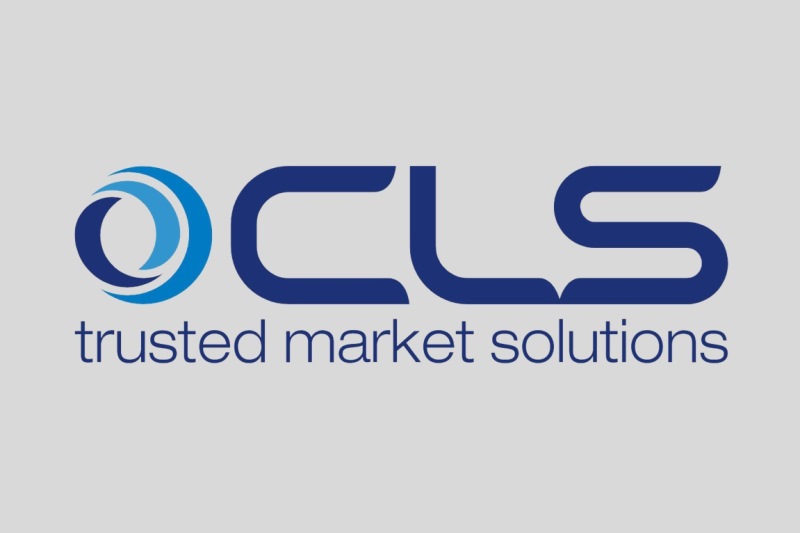
CLS, a provider of settlement services to the FX industry, announced this Tuesday that it has appointed Duncan Bernard as its Chief Internal Auditor. Bernard will be based in the firm’s head office in New York.
In his new role, Bernard will have the exciting task of heading up CLS’s global audit activity. According to a statement released by CLS this Tuesday morning, he will be reporting to the CLS Board’s Audit and Finance Committee as well as the company CEO, David Puth.
Commenting on the decision to on-board Bernard, Puth said: “Duncan has a deep understanding of the strategic risks faced by firms in the financial services industry. The critical insights he brings to the role will help bolster CLS’s position as a trusted market infrastructure so that it can continue to deliver efficiencies, reduce risk and help clients navigate the changing FX market.”
Duncan Bernard – an experienced consultant
Bernard joins CLS having spent a number of years with some highly regarded consultancy firms. His most recent role was with Accenture, where he was a managing director covering the US Northeast region in the consulting firm’s finance and risk practice division.
Prior to this, he worked for PricewaterhouseCoopers and helped found the firm’s ‘Risk and Compliance Analytics’ practice. During his time with the firm, he also worked as a managing director in the company’s US Northeast Risk Assurance Practice.
It was with Ernst & Young (EY), however, that Bernard spent the bulk of his career. He joined the firm in 1994 and spent the next 17 years with the firm in a number of different roles. When he left the consultancy firm in 2011, he was a partner, working as a client service executive.
Ken Harvey, Chairman of the CLS board, also commented on Bernard’s appointment this Tuesday, saying: “[Bernard] brings a wealth of experience to this role in audit, risk management and analytics, which renders him well-placed to lead the global execution of our audit strategy as our business evolves to capitalize on the greater role of technology in risk mitigation.”

